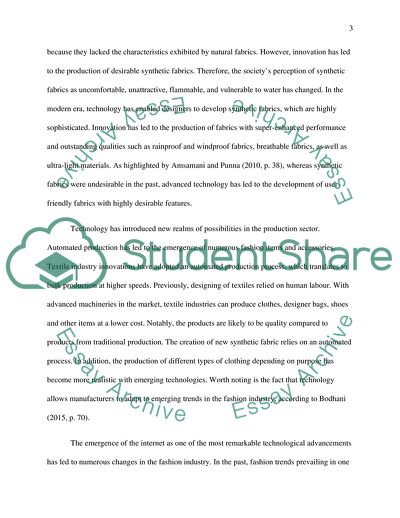Cite this document
(How Fashion and New Technology Influence Each Other Coursework, n.d.)
How Fashion and New Technology Influence Each Other Coursework. https://studentshare.org/technology/1865229-in-what-ways-do-fashion-and-new-technology-influence-each-other
How Fashion and New Technology Influence Each Other Coursework. https://studentshare.org/technology/1865229-in-what-ways-do-fashion-and-new-technology-influence-each-other
(How Fashion and New Technology Influence Each Other Coursework)
How Fashion and New Technology Influence Each Other Coursework. https://studentshare.org/technology/1865229-in-what-ways-do-fashion-and-new-technology-influence-each-other.
How Fashion and New Technology Influence Each Other Coursework. https://studentshare.org/technology/1865229-in-what-ways-do-fashion-and-new-technology-influence-each-other.
“How Fashion and New Technology Influence Each Other Coursework”. https://studentshare.org/technology/1865229-in-what-ways-do-fashion-and-new-technology-influence-each-other.


